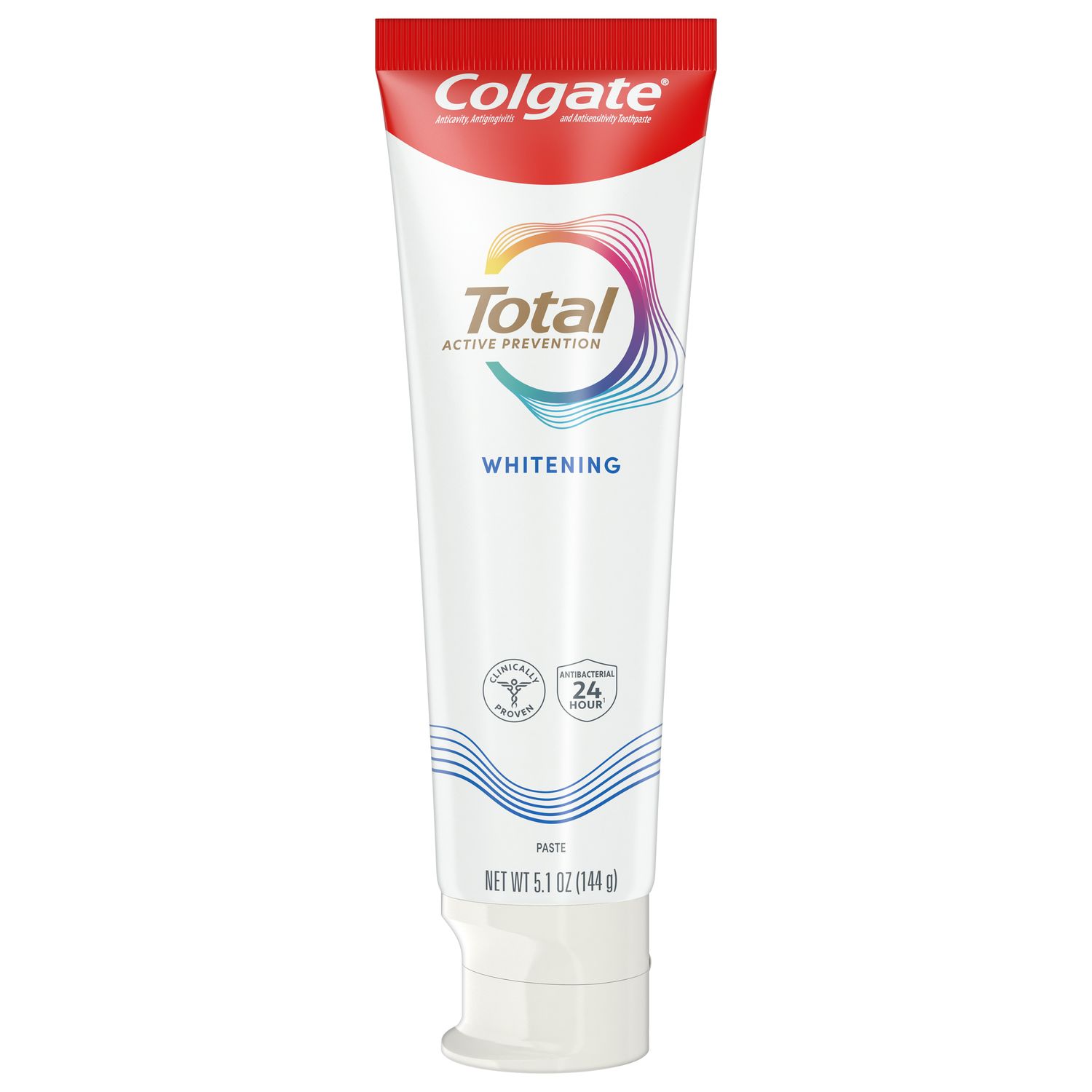Perhaps you're just learning about this solution for the first time, or you're familiar with it and want to ask your dentist about it. You may have some questions about before and after bonding, like, "do I need to do anything to prepare for this procedure?" and "how long after tooth bonding can I eat food?" Wherever you are on your dental repair journey, we're here to tell you about how best to prepare for bonding, what happens during it, and how to care for your smile afterward!
Before Bonding
There are a few things to know before assuming that bonding is the perfect solution to your specific dental issue. Tooth bonding works best in areas of the mouth with low bite pressure, like your front teeth. It also works well on teeth that need minor repair. When dental damage is more severe or in an area of high bite pressure, your dental professional may suggest a veneer or crown – both of which are ideal for extensive damage or molar restoration.
But you won't have to figure this out on your own! Your dental professional will help you explore restoration options and determine which treatment is best for you. If they advise you to move forward with this procedure, the first step will be to roughen the damaged area of your teeth so that the bonding material will adequately stick to it. Depending on the severity of dental damage, your dental professional may opt to numb the area they're working on to ensure you don't feel anything while they bond your teeth.
During Bonding
Once your dental professional has prepped your smile, the tooth bonding procedure is a relatively straightforward one. It follows these steps:
- While your treatment area is being roughened, your dental assistant will use this time to mix the composite resin to match your natural teeth color.
- Your dental professional will apply the composite resin to your damaged tooth. It will mold to fill in any cracks or chips and give your tooth a more straightened appearance. It will be virtually indistinguishable from your natural enamel.
- They will then use a special light to harden the resin, and you'll probably hear them ask you to bite down several times to indicate if you feel excess resin that still needs smoothing away.
- Your dental professional will repeat this process until your tooth bonding is perfect!
After Bonding
An advantage of using bonding is that there isn't a specific care regimen you'll need to follow after the procedure. But don't be surprised if your teeth feel a little strange after bonding! Our mouths are very sensitive to changes, and your tooth might feel wider or oddly shaped with the addition of resin. You may be familiar with this sensation if you've had other dental work done, like orthodontics, for example. And just like you got used to your last dental treatment, over time, the resin added to your tooth will become less noticeable.
Bonding may not last as long as other treatments, like veneers. As noted by the Cleveland Clinic, your composite resin will last between three and ten years before needing just a touch-up or a full replacement. How long your bonding lasts will depend on the treated bite area and how you care for your mouth from now on. While bonding is a wonderful solution to a chipped or damaged tooth, remember that it's not immune to stains, nor does it respond to whitening treatments.
Your best bet for keeping a bright, fresh-looking smile is to follow a rigorous oral hygiene routine. This includes brushing your teeth twice a day with fluoride toothpaste, cleaning between your teeth with floss, a water flosser, or another interdental cleaning tool once a day, and rinsing with a mouthrinse to eliminate any remaining bacteria. To ensure your composite resin lasts as long as possible, avoid things that can crack the bonded material, such as using your teeth to open food wrappers or munching on hard, sharp, and sticky snacks. When eating with bonded front teeth, we recommend avoiding biting down directly onto hard food and, instead, use teeth on the sides of your mouth.
Tooth bonding is an excellent option for many small but vital repairs. And if you're exploring this treatment option, it's helpful to understand what dental bonding entails - both before and after the procedure. An afternoon in the dentist's office and a little patience on your part could mean beautifying areas of your smile that cause you to feel self-conscious. Whether it's a chipped tooth, a gap in your smile or an area of your smile that needs restoration, tooth bonding is a safe, straightforward, and pain-free solution!
ORAL HEALTH QUIZ
What's behind your smile?
Take our Oral Health assessment to get the most from your oral care routine
ORAL HEALTH QUIZ
What's behind your smile?
Take our Oral Health assessment to get the most from your oral care routine















